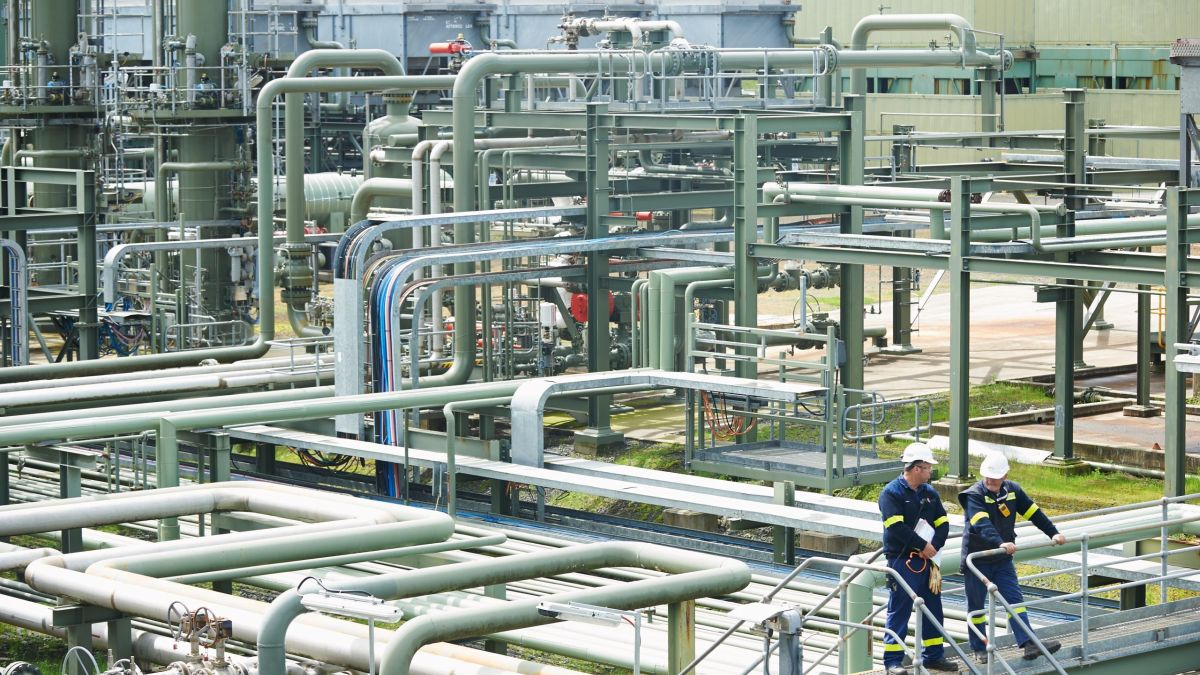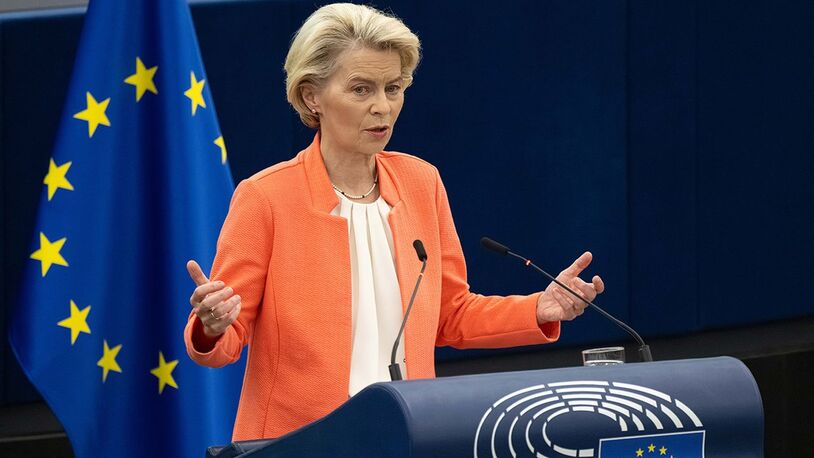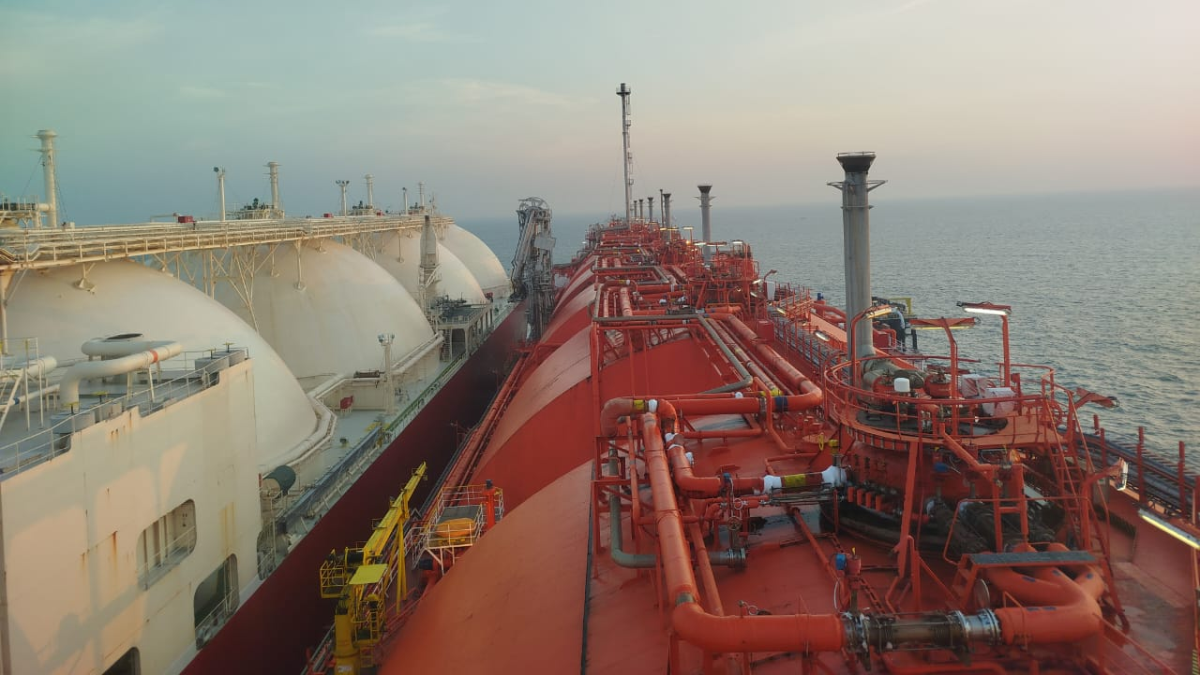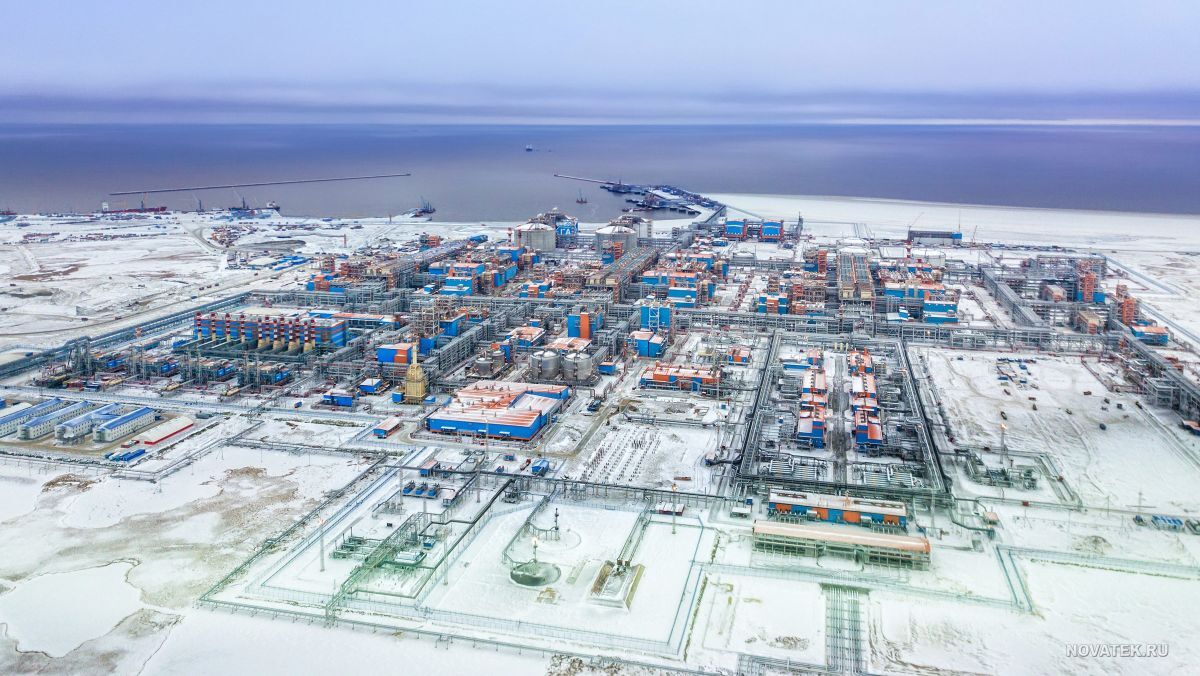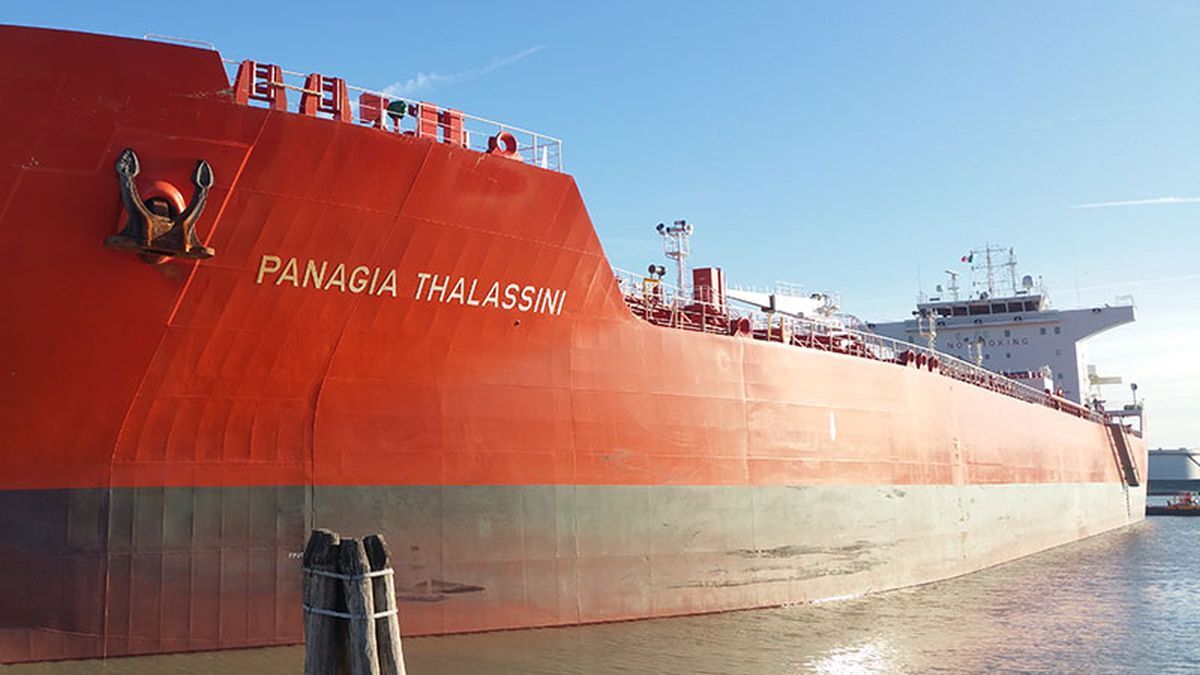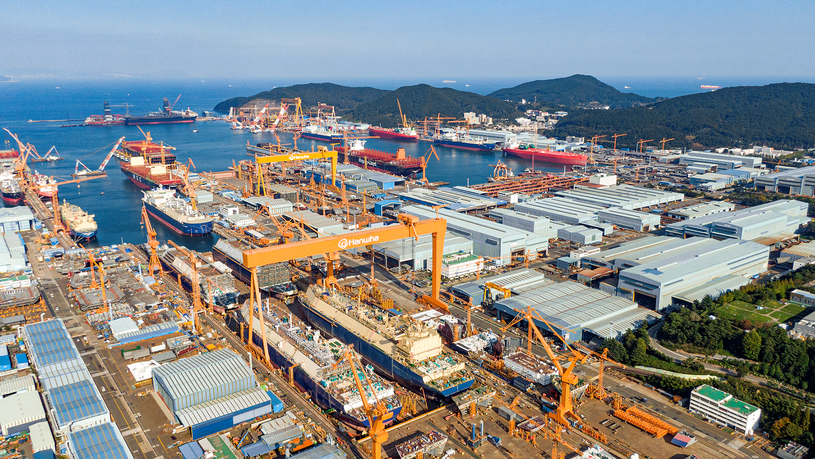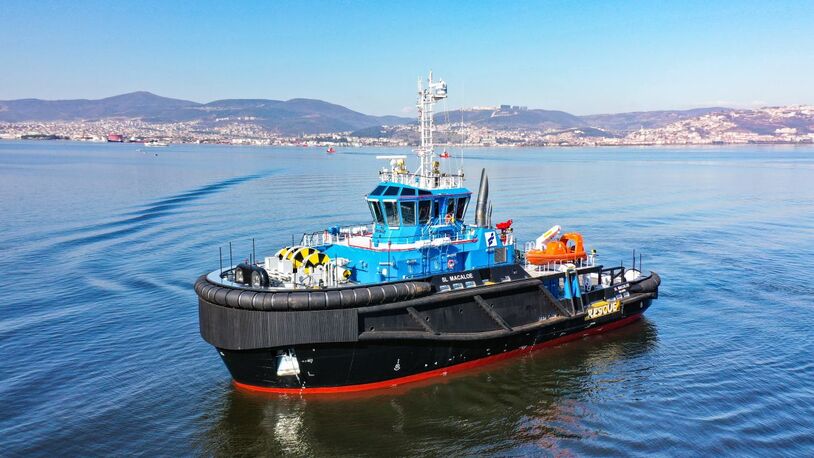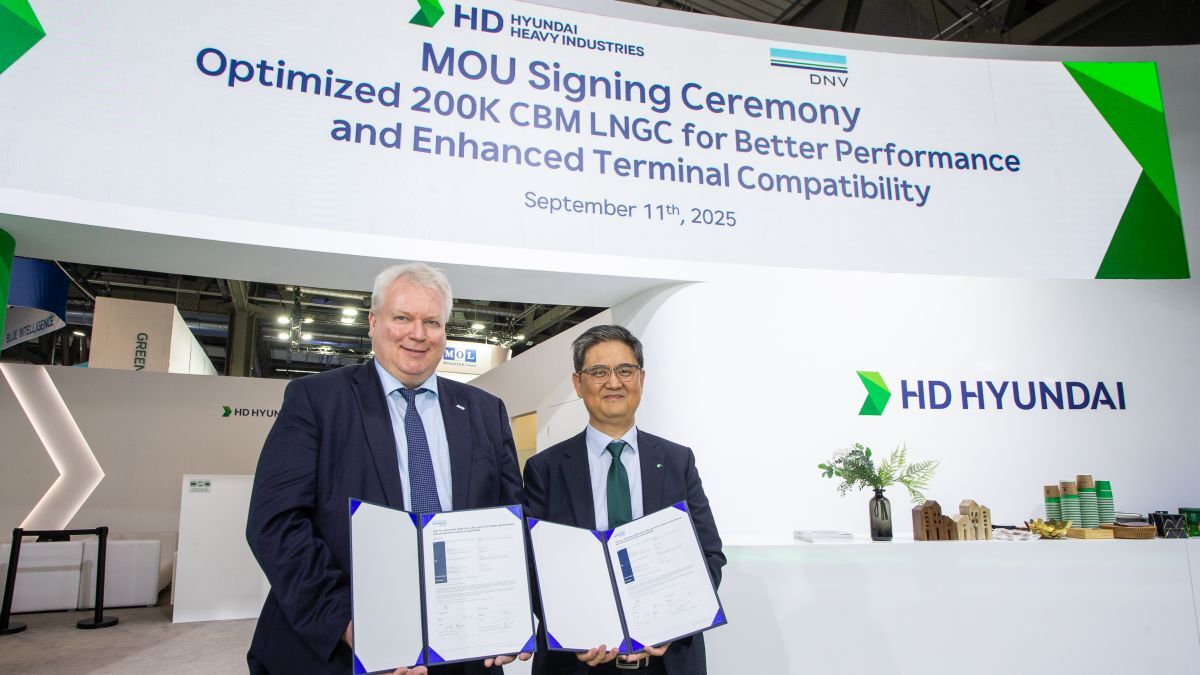Business Sectors
Events
Contents
Register to read more articles.
East Coast Australia's LNG outlook - domestic demand clashes with export ambitions
The Australian Competition & Consumer Commission forecasts a gas surplus for east coast Australia in 2025, but warns of potential shortfalls by 2027, urging new supply developments to balance domestic demand and LNG exports
Australia’s east coast gas market stands at a pivotal juncture. Recent analyses by the Australian Competition & Consumer Commission (ACCC) suggest a potential surplus in the immediate future, yet it cautions against complacency due to anticipated supply challenges in the coming years.
In its latest report, the ACCC projects a surplus of between 69 and 110 petajoules (PJ) for 2025, contingent upon Queensland’s LNG producers exporting all uncontracted gas. This outlook offers a reprieve from immediate supply concerns. However, the ACCC warns of possible shortfalls as early as 2027, underscoring the necessity for new gas sources to ensure sustained supply.
The dynamics of the region’s gas supply and demand are intricate. The ACCC’s September 2024 report notes that the forecasted surplus for the first quarter of 2025 has diminished from earlier estimates. This reduction is attributed to increased contracted exports and the practice of ’re-shaping’ export cargoes, where LNG producers adjust export volumes to align with domestic demand fluctuations. While this strategy aids in meeting seasonal domestic needs, it also underscores the importance of maintaining adequate supply throughout the year.
ACCC commissioner, Anna Brakey, emphasised the dual nature of this approach. She noted that while re-shaping assists in addressing demand variations, it also leads to fluctuations in the volumes of gas available domestically at different times of the year. She stressed the importance of ensuring sufficient supply to meet demand throughout the year.
A critical aspect of maintaining supply stability is the replenishment of storage facilities. The Iona storage facility in Victoria, for instance, requires up to 15 PJ of gas to be injected before May 2025 to achieve levels comparable to previous years. LNG producers currently anticipate having 15 PJ of uncontracted gas available in the first quarter of 2025. The actual availability will become clearer as export commitments are finalised.
Ms Brakey highlighted the importance of LNG producers committing uncontracted gas to the east coast Australia market in early 2025 to mitigate the risk of a domestic gas shortfall during the year. She added that this gas would help replenish storage and provide a buffer against potential production disruptions in the southern states and unexpected increases in gas-powered generation demand.
The ACCC’s findings also touch upon the broader implications for LNG exports. While the immediate outlook suggests a surplus, the potential for domestic shortfalls in the near future could influence export volumes. LNG producers may need to balance their export ambitions with domestic supply commitments, especially during peak demand periods. This balancing act could have downstream effects on LNG shipping demand, as fluctuations in export volumes may lead to variability in shipping schedules and capacities.
Looking ahead, the ACCC stresses the importance of regulatory certainty and the development of new gas projects to avert future shortfalls. The forecasted supply challenges from 2027 onwards highlight the need for timely investment in new gas sources and infrastructure and the interplay between domestic demand and export ambitions necessitates careful planning and investment to ensure energy security and economic stability in the region.
Related to this Story
Events
Maritime Decarbonisation, Europe: Conference, Awards & Exhibition 2025
Offshore Support Journal Conference, Americas 2025
LNG Shipping & Terminals Conference 2025
© 2024 Riviera Maritime Media Ltd.


